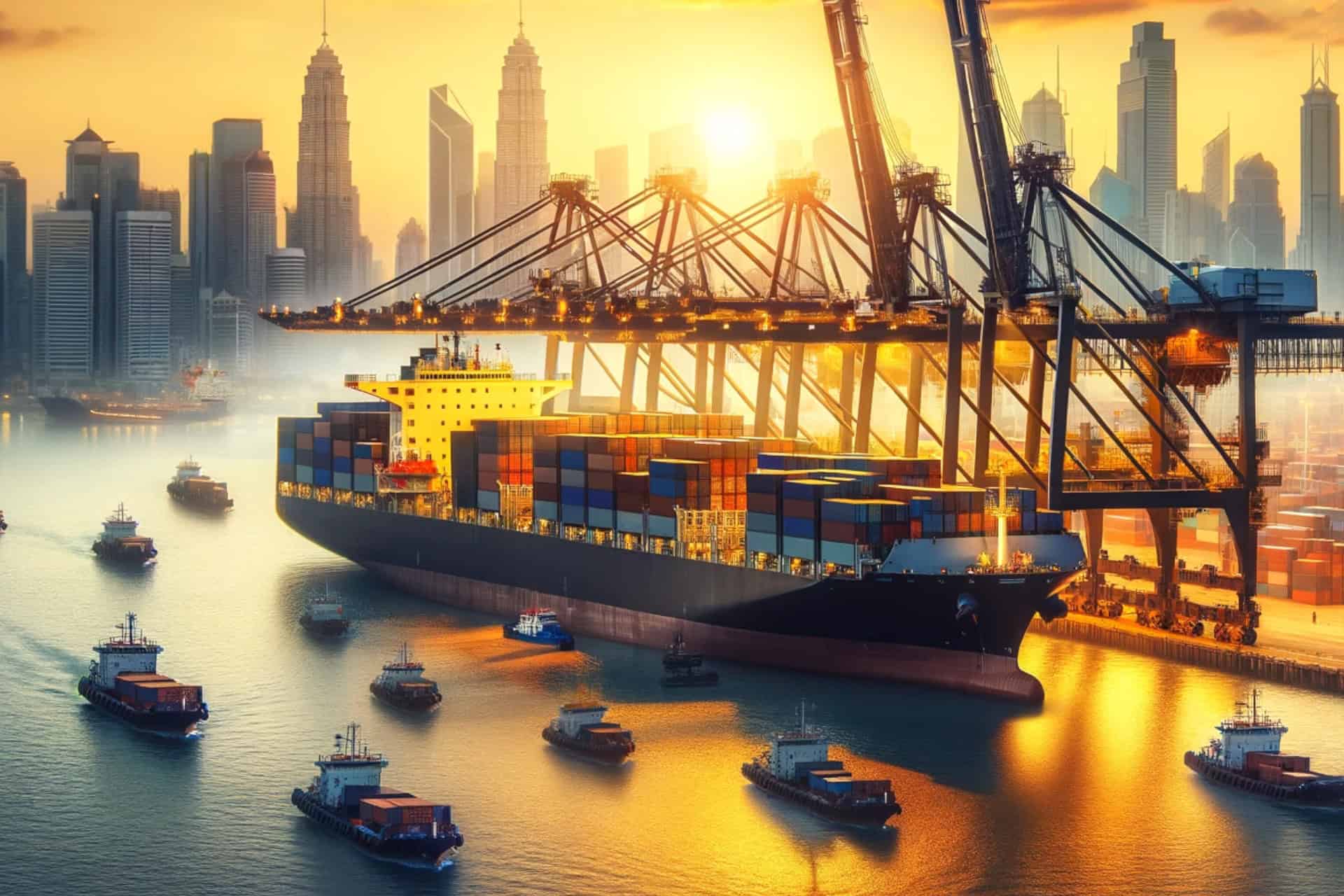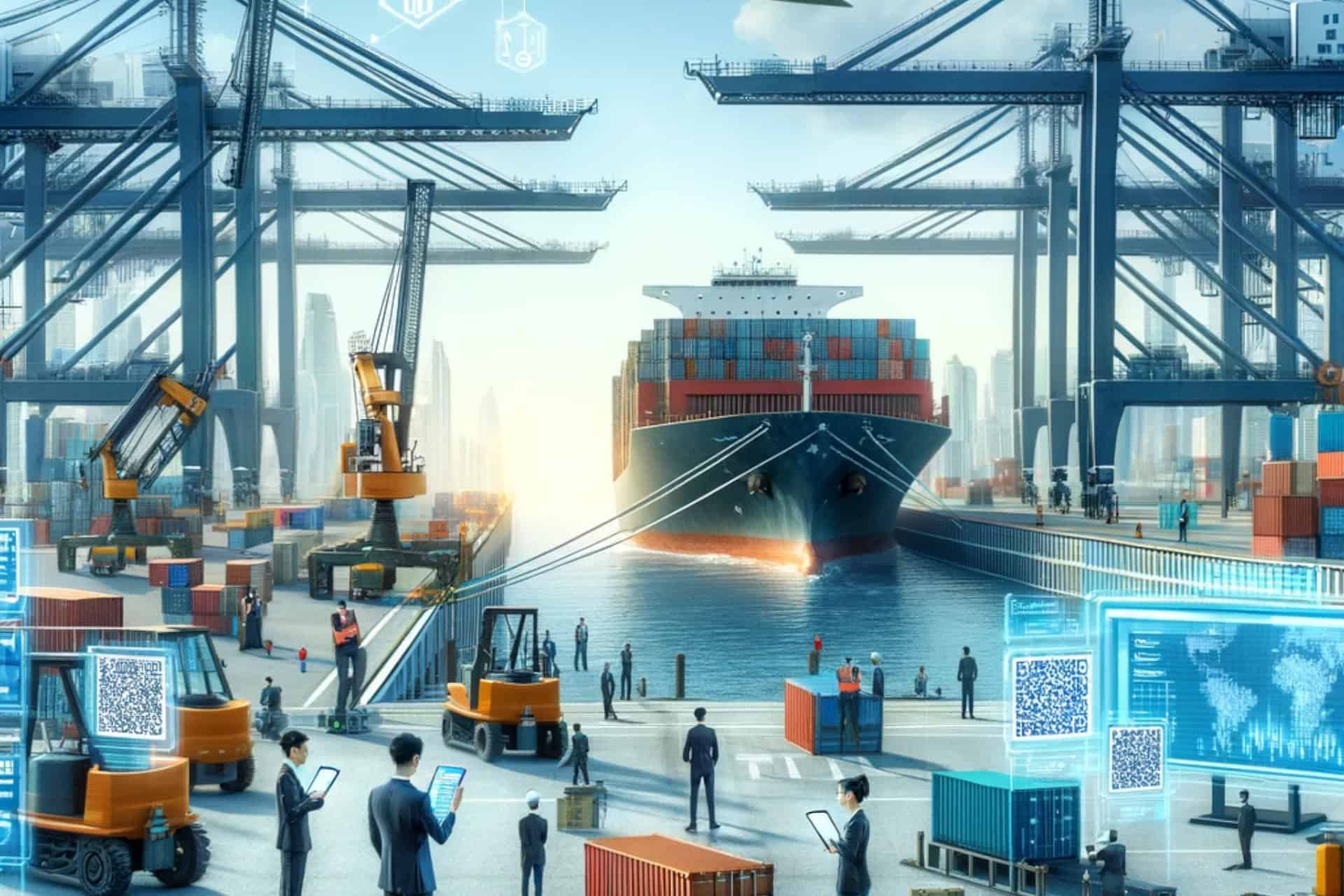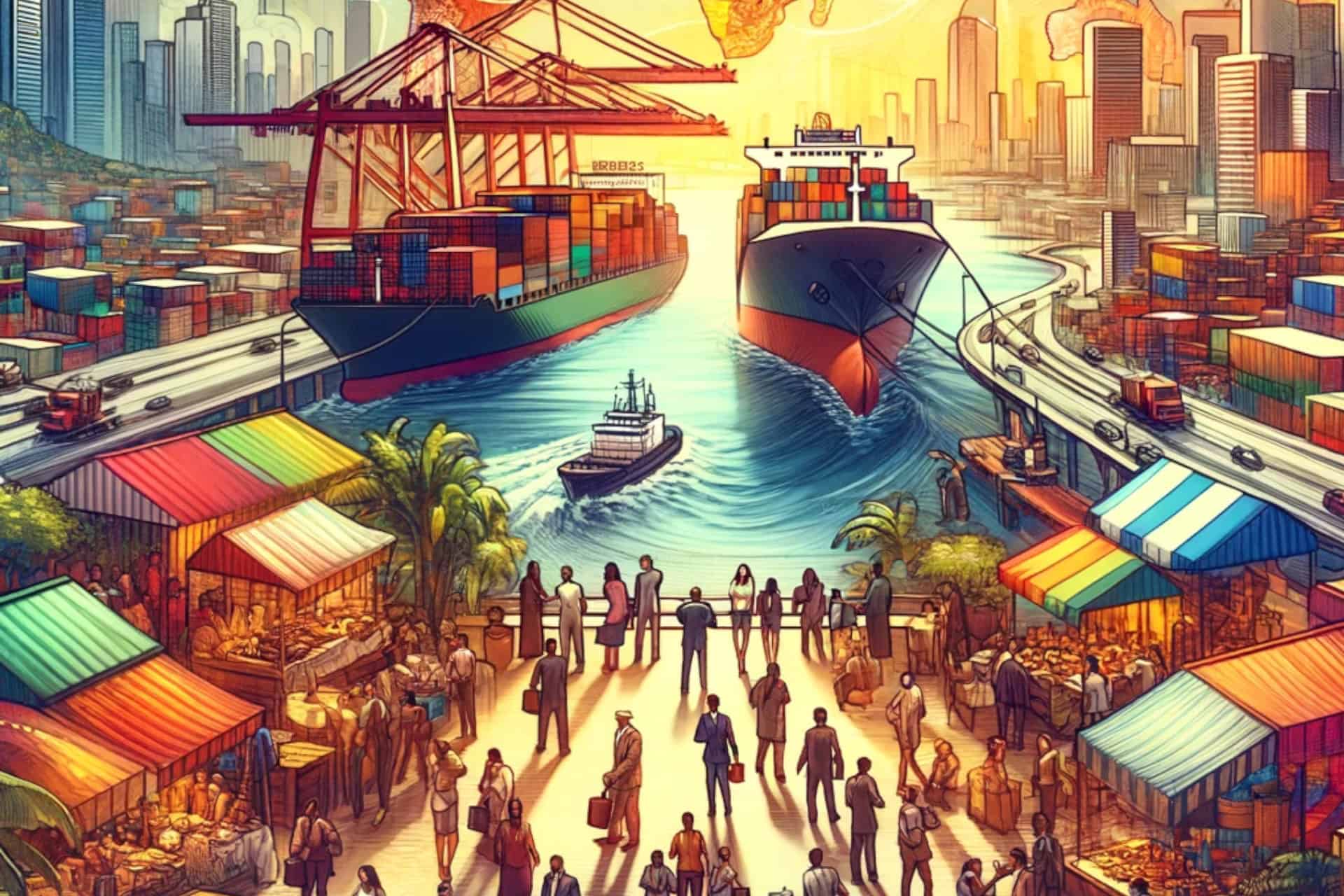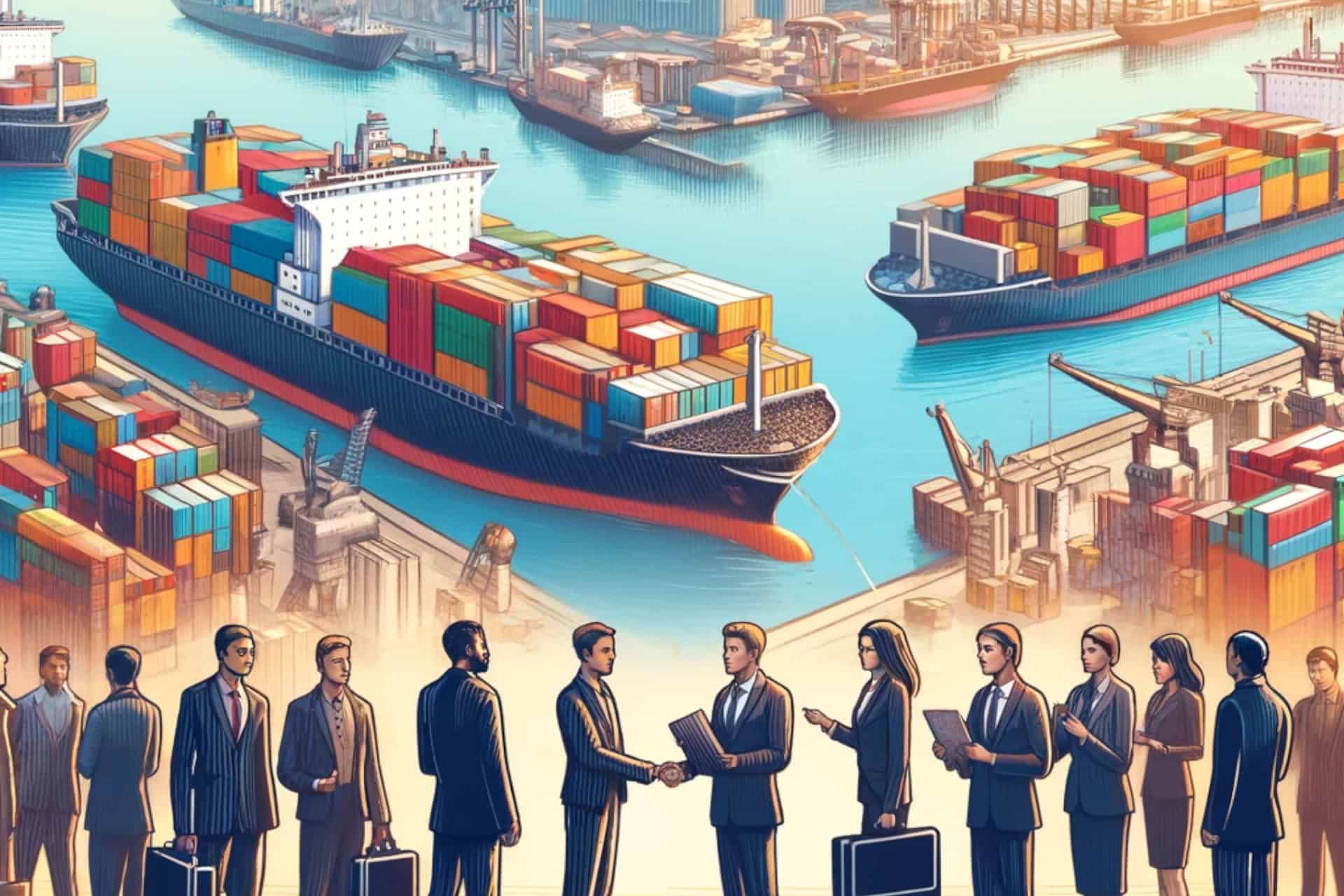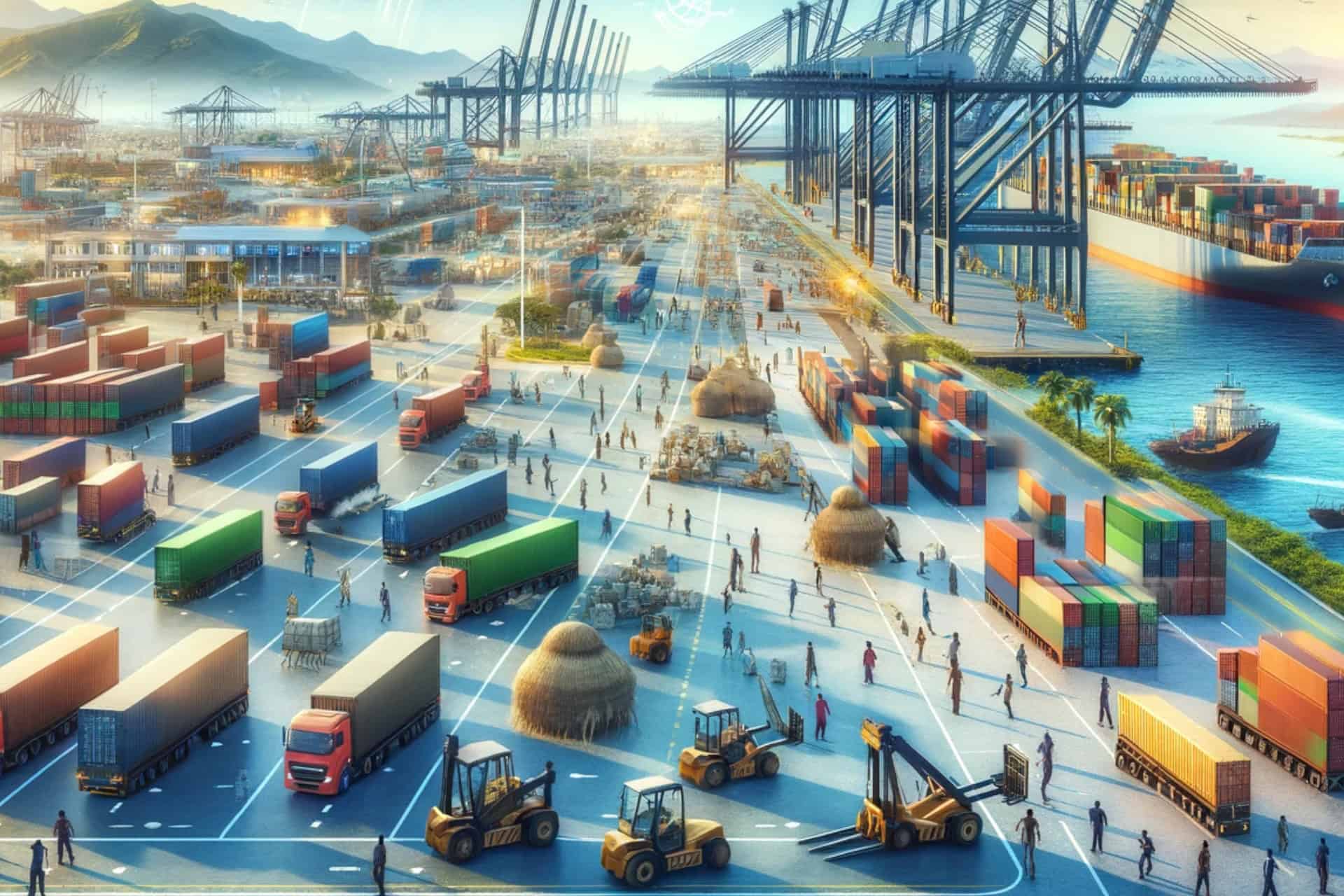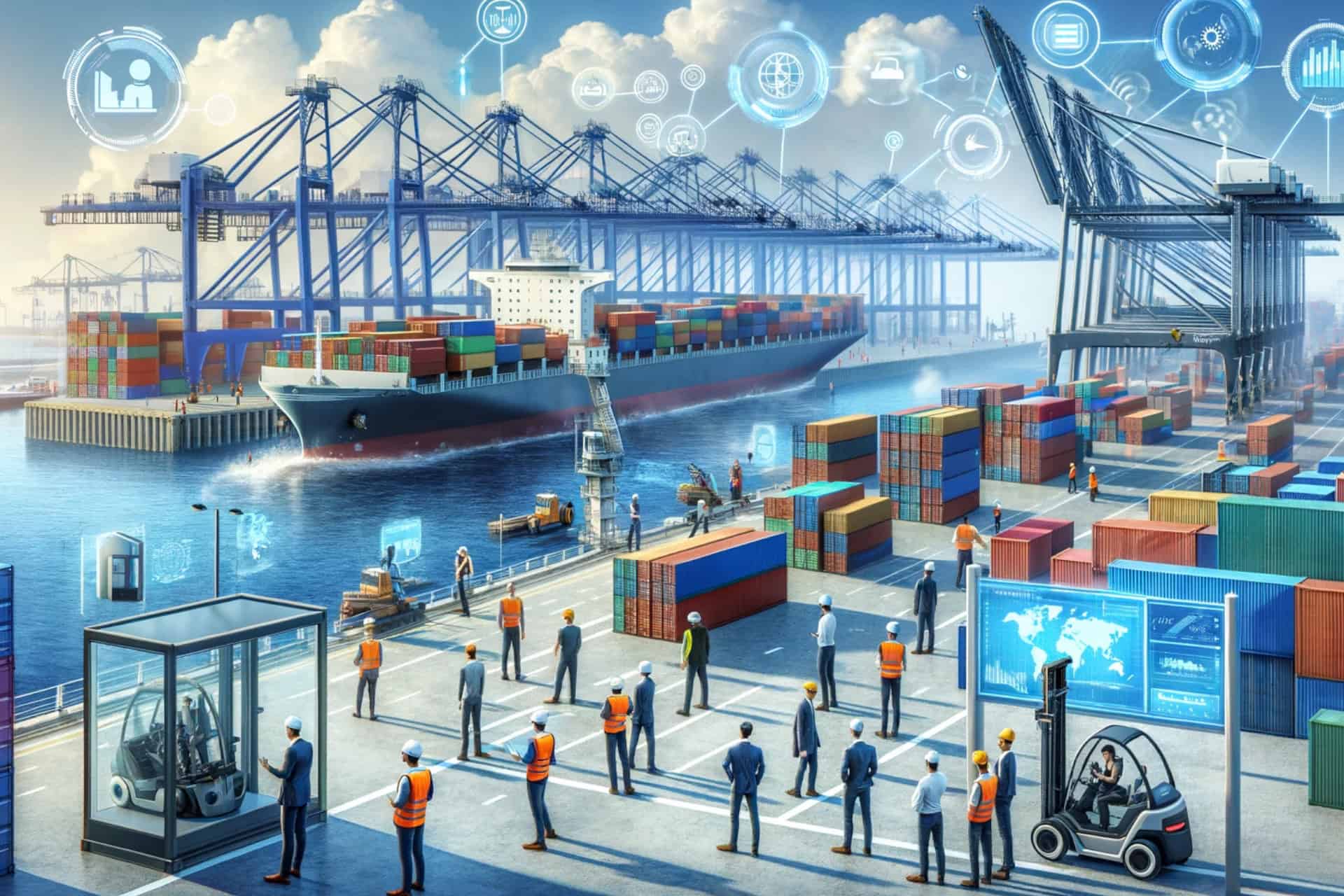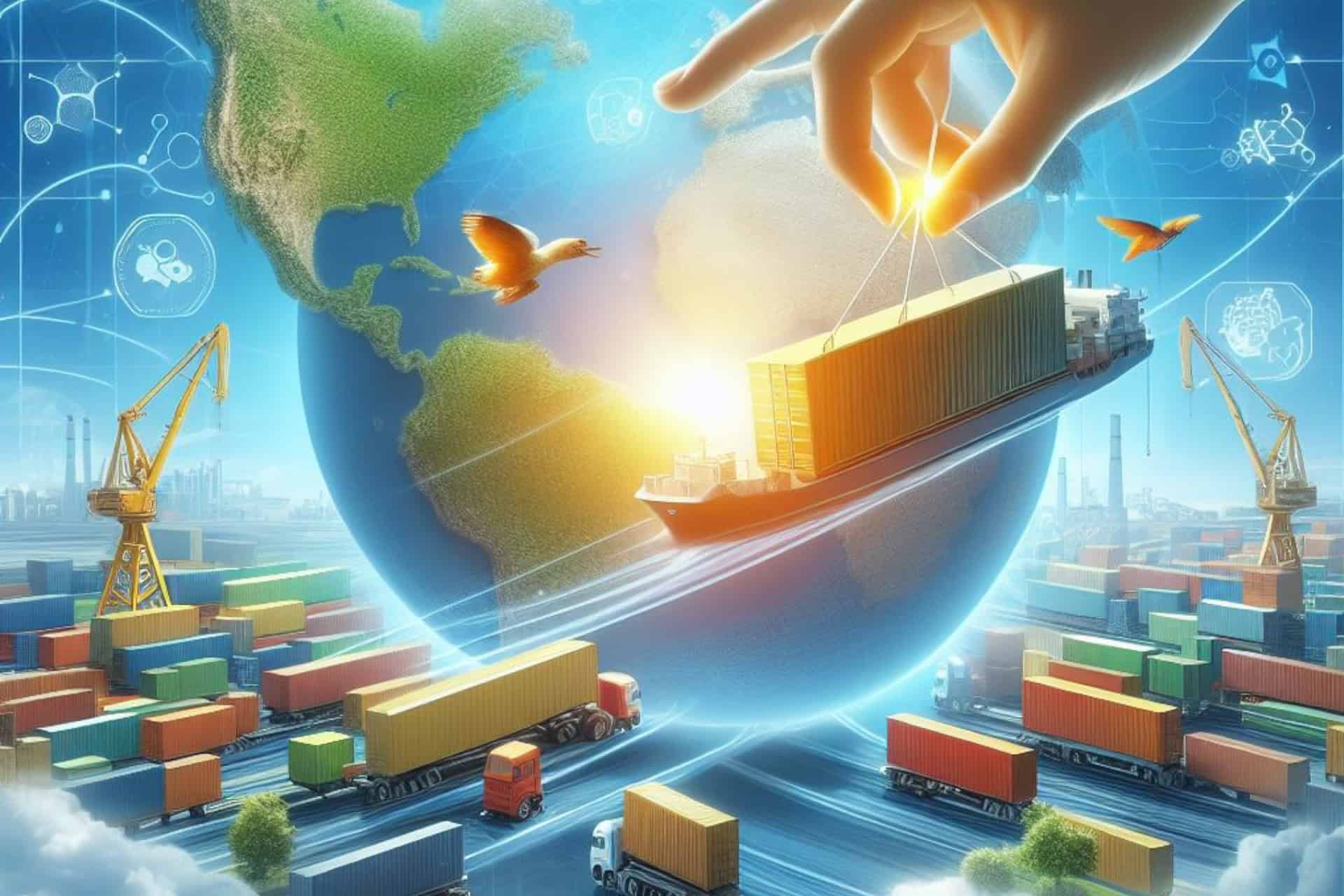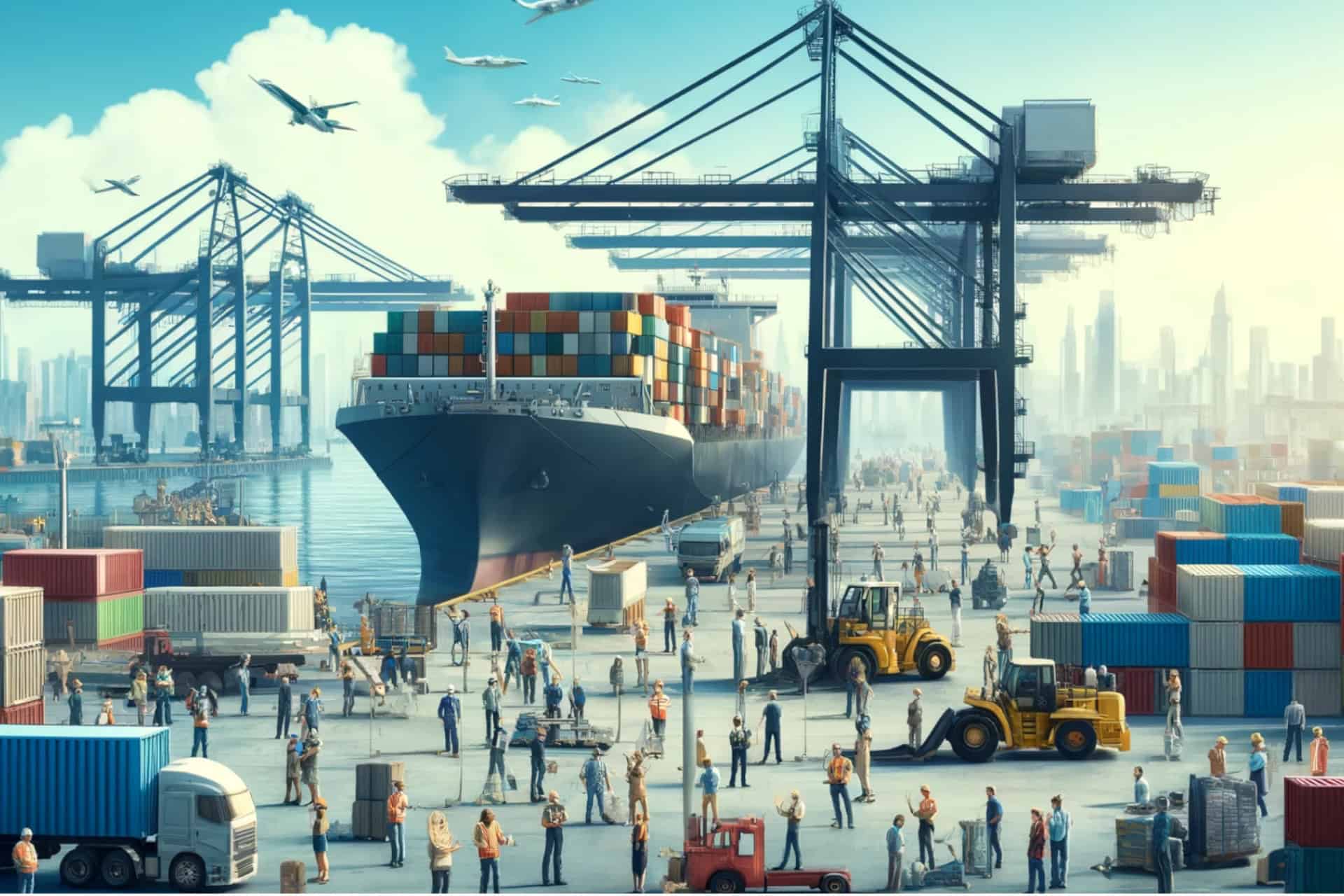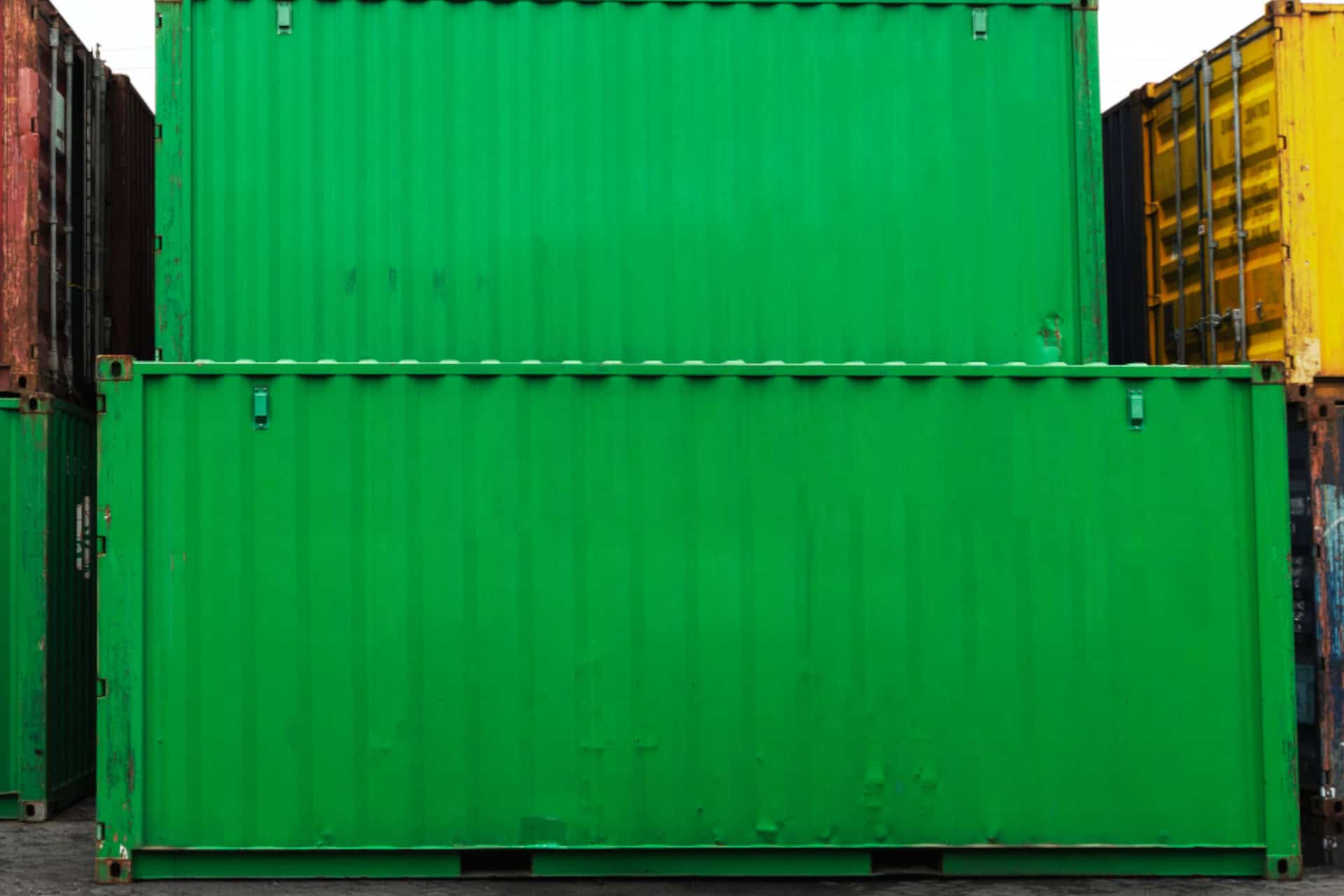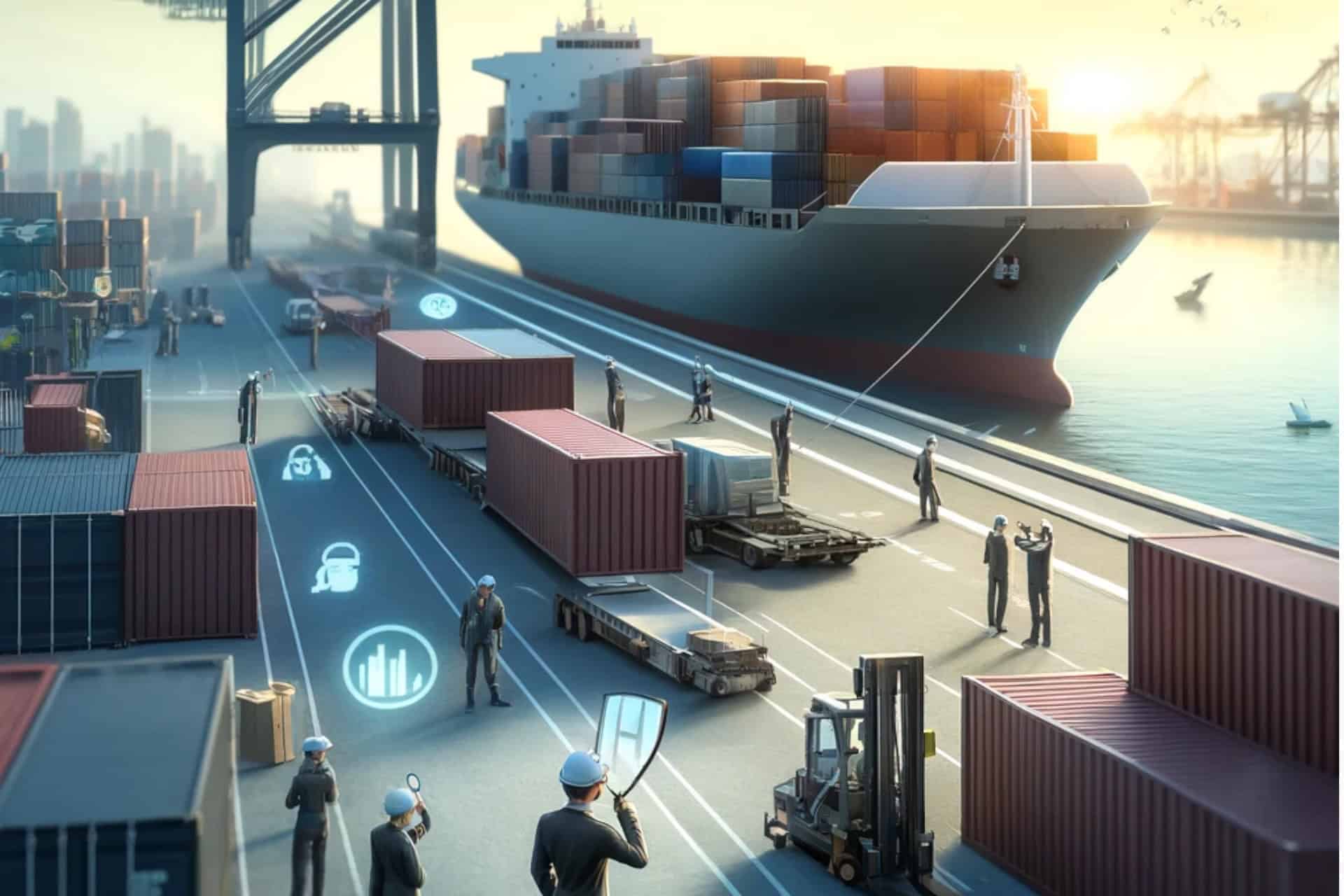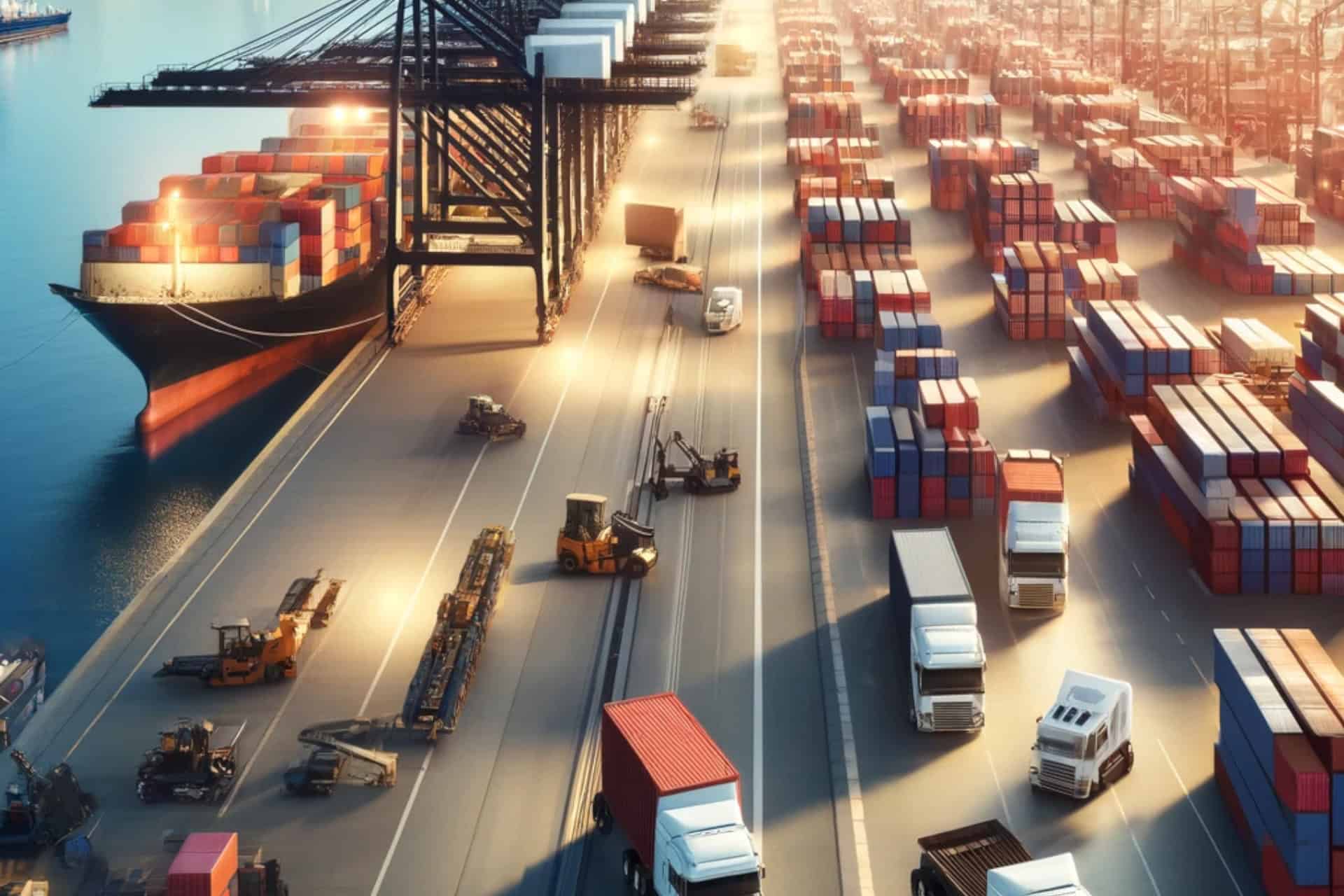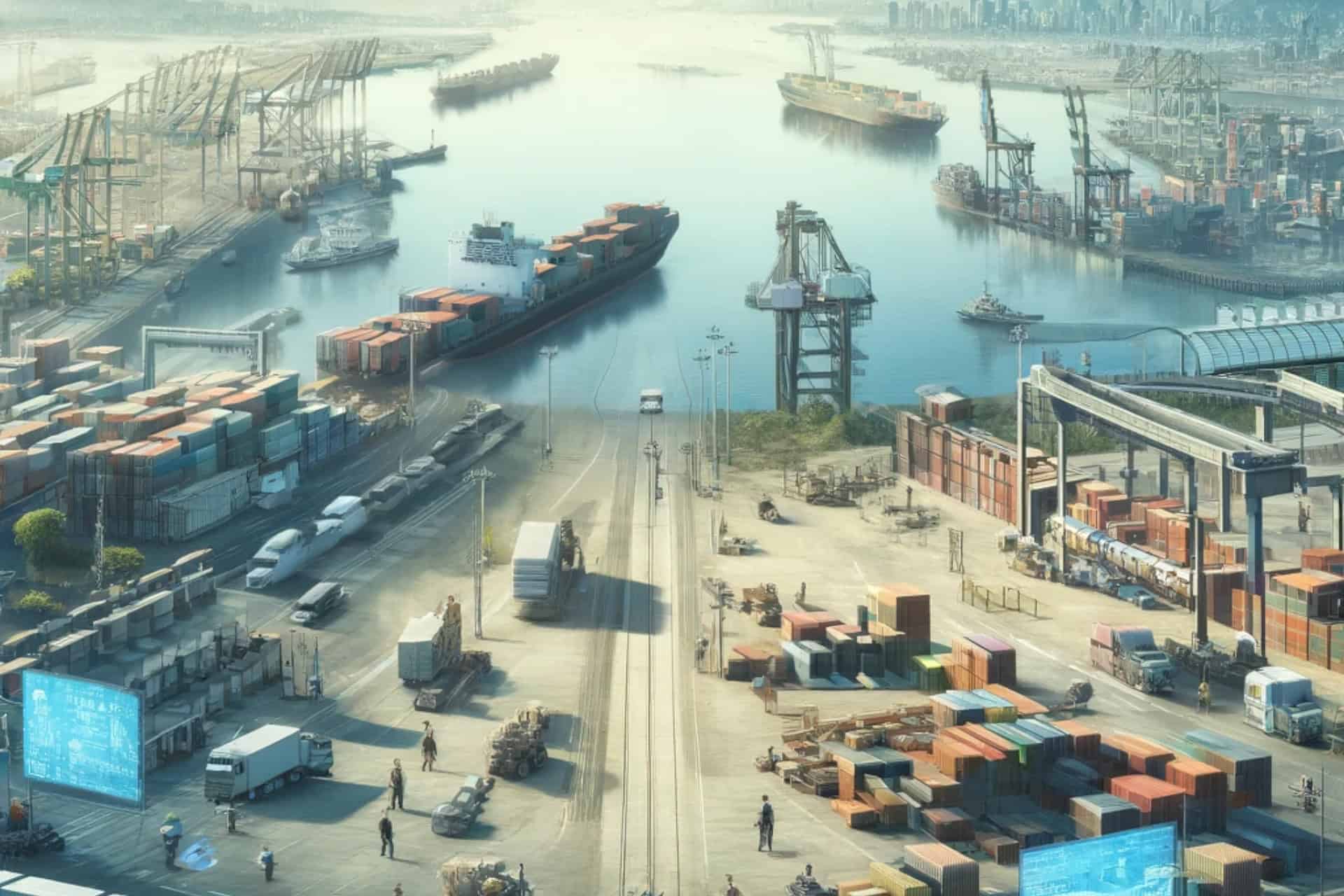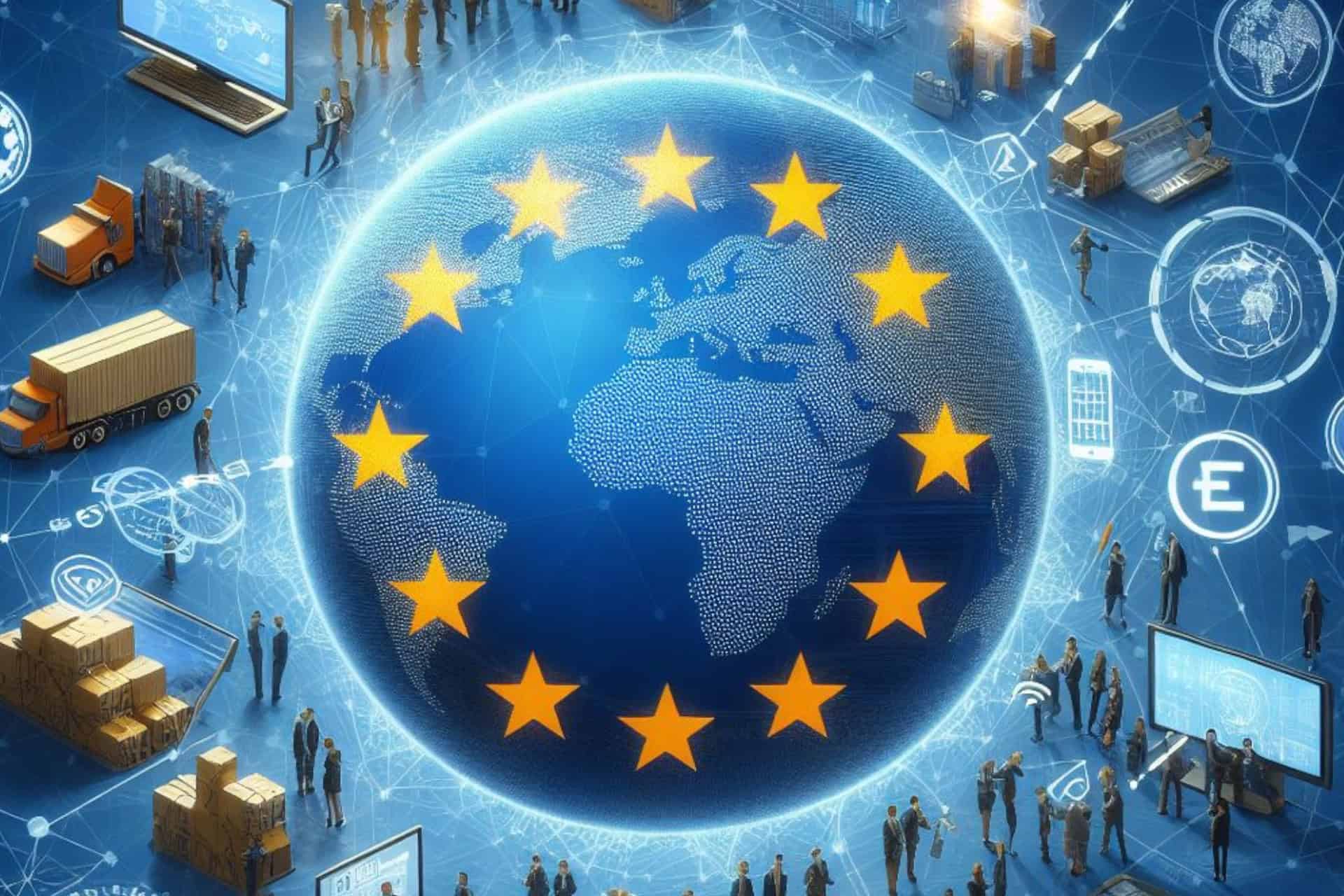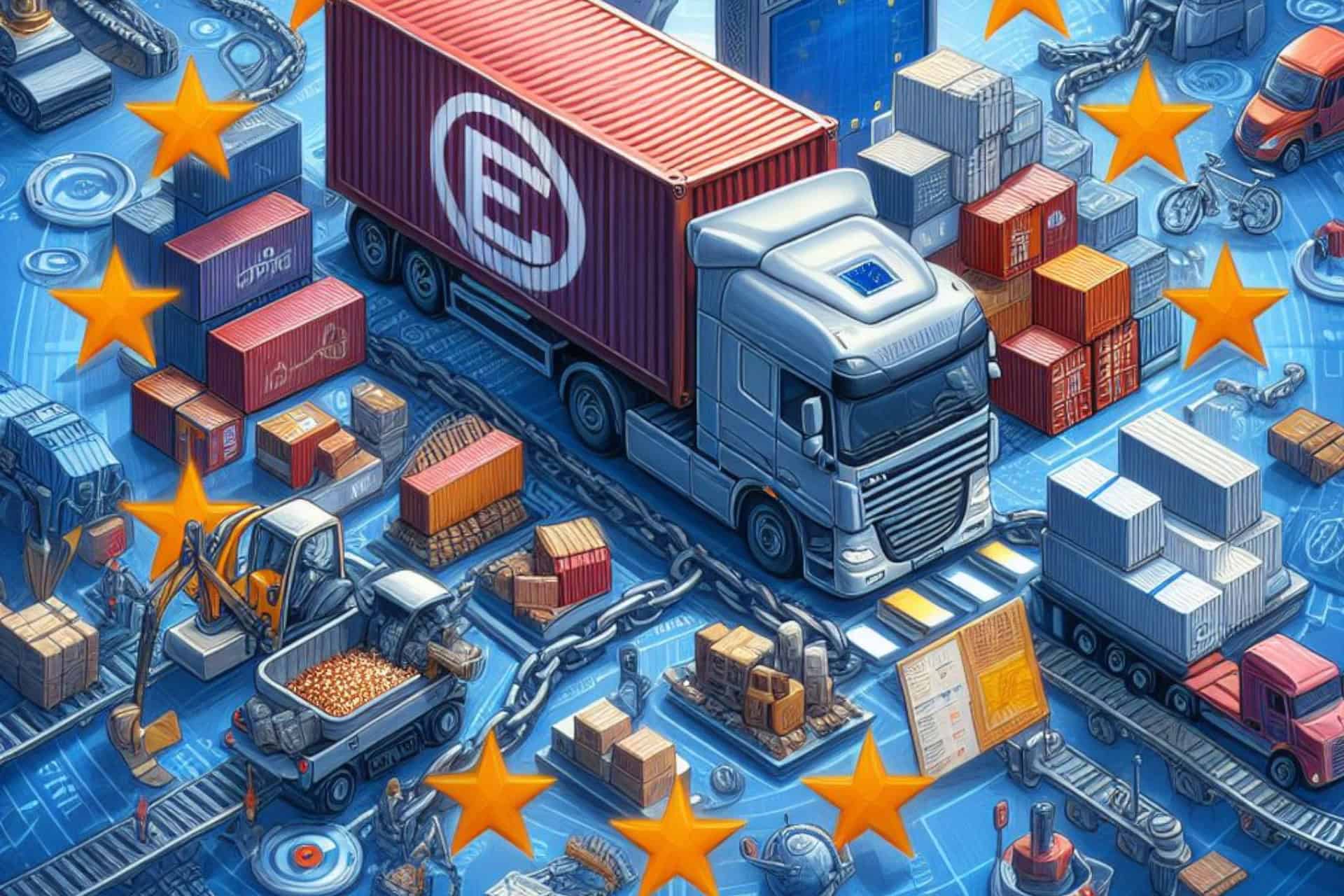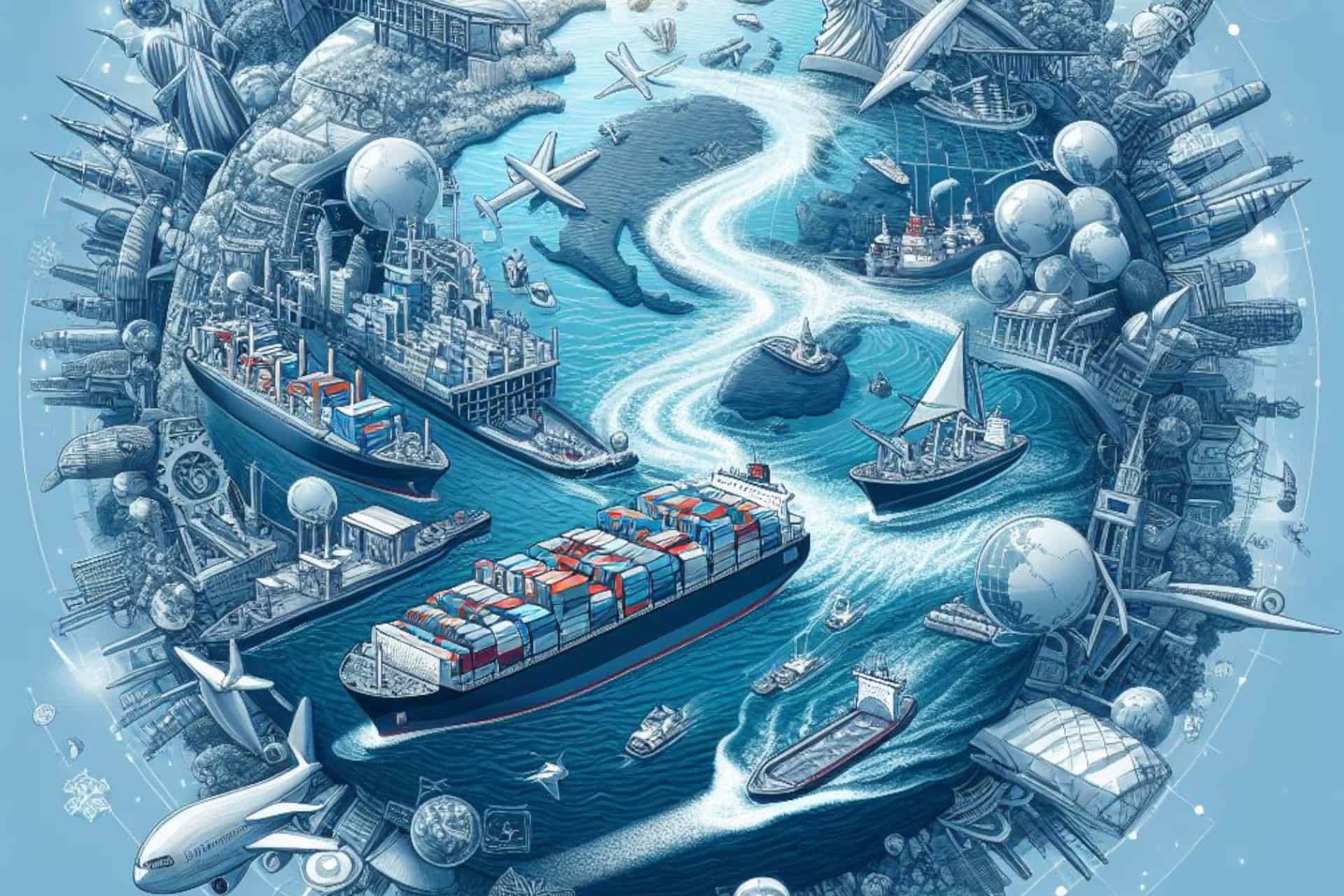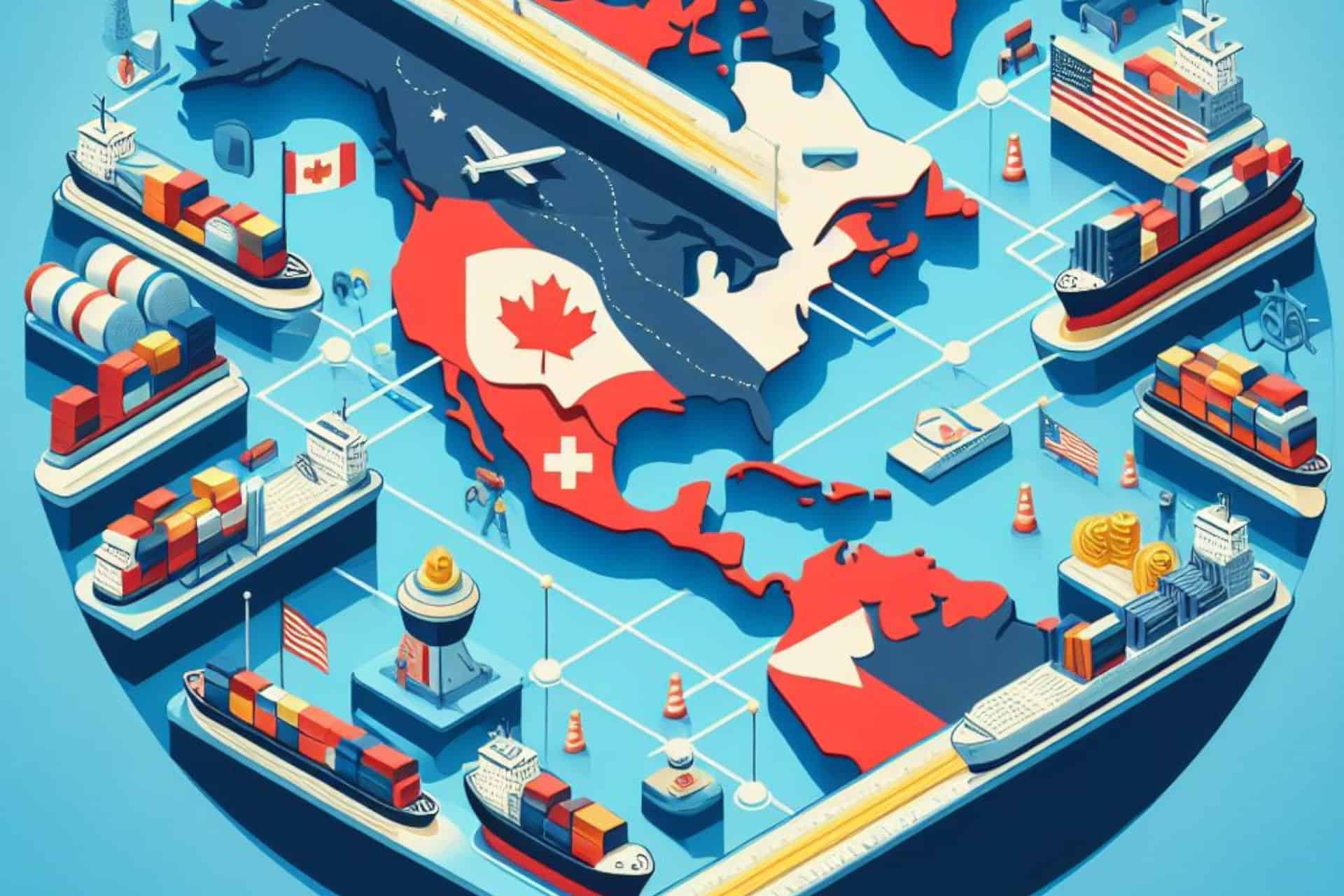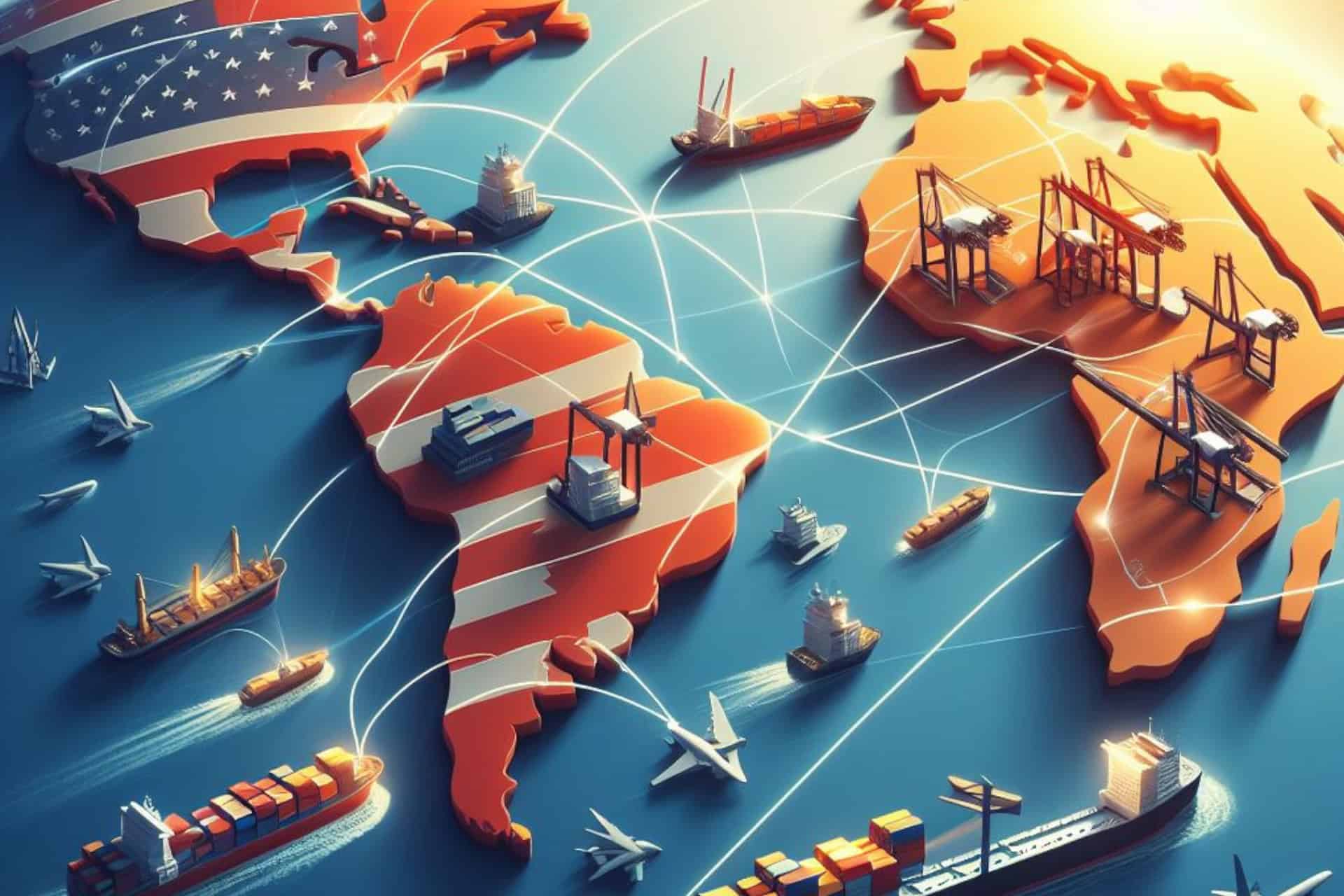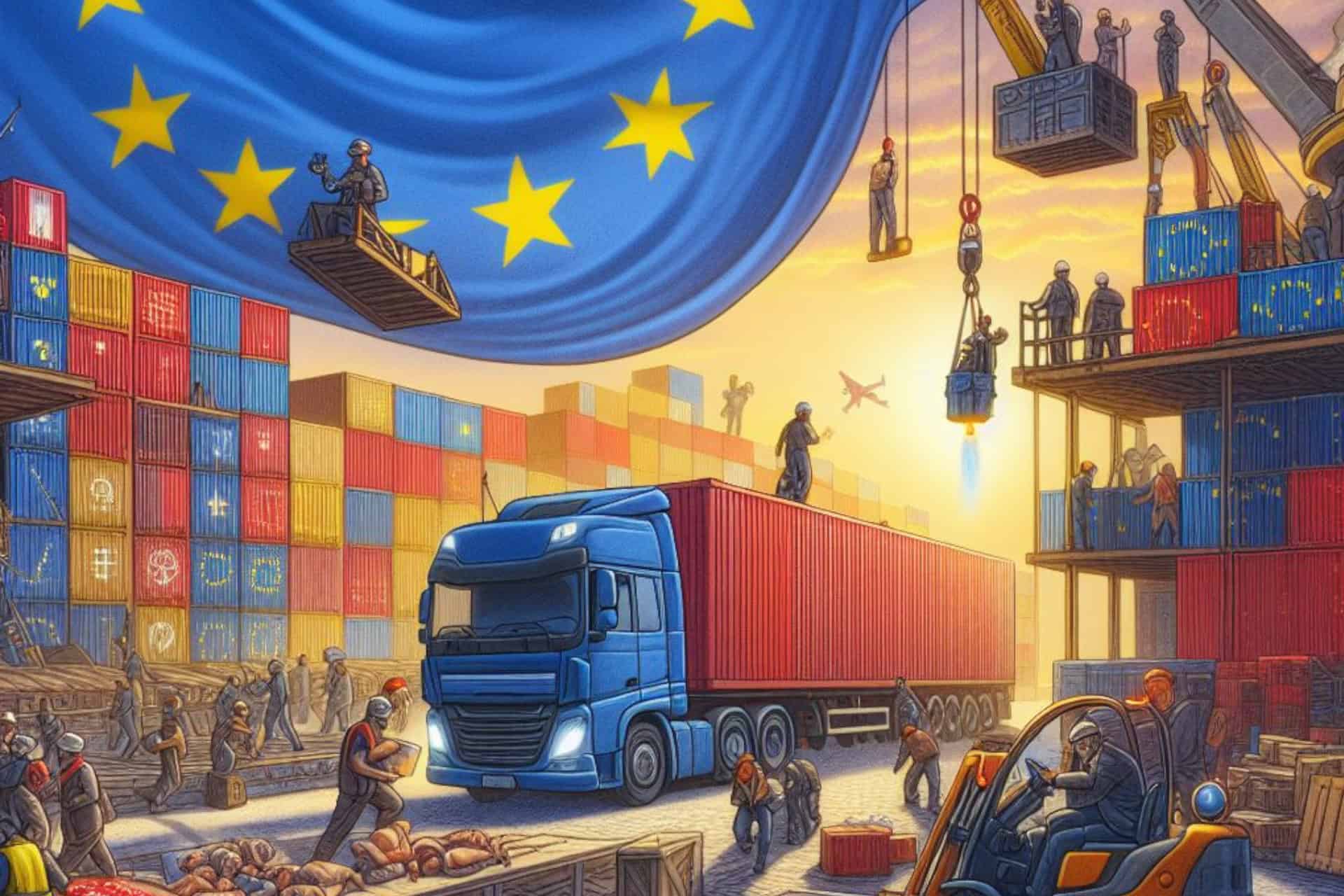The evolution of cross-border e-commerce regulation is a multifaceted process that requires collaboration and innovation on a global scale. By fostering cooperation among stakeholders, leveraging technology, and prioritizing consumer protection, policymakers can help realize the full potential of cross-border e-commerce as a driver of economic growth and prosperity.
In an increasingly interconnected world, the realm of e-commerce knows no borders. The rise of cross-border e-commerce has revolutionized the way businesses operate, offering unprecedented opportunities for merchants and consumers alike. However, with this expansion comes a myriad of regulatory challenges, as governments grapple with how to govern transactions that transcend traditional geographical boundaries.
The evolution of cross-border e-commerce regulation has been a dynamic journey, shaped by technological advancements, consumer demands, and geopolitical shifts. From tariffs and taxes to data privacy and consumer protection, regulators around the globe are striving to strike a delicate balance between fostering innovation and ensuring fair and transparent trade practices.
One of the primary challenges in regulating cross-border e-commerce lies in harmonizing disparate legal frameworks across jurisdictions. What may be considered acceptable business practices in one country could run afoul of regulations in another. This lack of uniformity not only creates confusion for businesses but also hampers consumer confidence and undermines the integrity of the global marketplace.
To address these concerns, international organizations such as the World Trade Organization (WTO) and the World Customs Organization (WCO) have played a pivotal role in facilitating dialogue and cooperation among member states. Through initiatives like the WTO's Trade Facilitation Agreement and the WCO's Framework of Standards on Cross-Border E-commerce, efforts are underway to streamline customs procedures, enhance regulatory coherence, and promote cross-border trade.
At the national level, many countries are taking proactive steps to modernize their regulatory frameworks to accommodate the realities of cross-border e-commerce. This includes updating customs procedures, implementing digital trade facilitation measures, and strengthening consumer protection laws. For example, the European Union's Digital Single Market Strategy aims to create a seamless digital marketplace by harmonizing regulations and removing barriers to online commerce within the EU.
However, despite these efforts, challenges persist. The rapid pace of technological innovation often outpaces the ability of regulators to adapt, leaving gaps in oversight and enforcement. Moreover, the rise of counterfeit goods, fraudulent transactions, and data breaches poses significant risks to both businesses and consumers, highlighting the need for robust regulatory mechanisms to safeguard the integrity of cross-border e-commerce.
Looking ahead, the future of cross-border e-commerce regulation will be shaped by a complex interplay of economic, technological, and geopolitical factors. As digital trade continues to grow in importance, policymakers must remain vigilant in monitoring trends and adapting regulatory frameworks to address emerging threats and opportunities.
#CrossBorderEcommerce #EcommerceRegulation #GlobalTrade #DigitalCommerce #RegulatoryFrameworks #ConsumerProtection #InternationalTrade #CustomsProcedures #DigitalSingleMarket #TradeFacilitation #DataPrivacy #CounterfeitGoods #RegulatoryChallenges
Read more views






